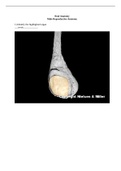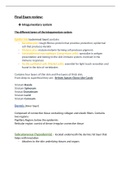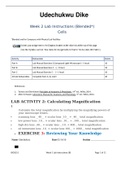Anatomy 251 (ANATOMY 251)
Chamberlain College Of Nursing
Here are the best resources to pass Anatomy 251 (ANATOMY 251). Find Anatomy 251 (ANATOMY 251) study guides, notes, assignments, and much more.
All 5 results
Sort by:
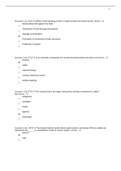
-
Exam (elaborations)
BIOS 251 Final Exam Questions And Answers (Version 1)_Download To Score An A.
-
---15April 20212020/2021A+
- BIOS 251 Final Exam (Version 1) Question. (TCO 7) Which of the following is NOT a major function of muscle tissue? (Points : 3) Question. (TCO 7) In an isometric contraction the muscle develops tens ion but does not (Points : 3) Question. (TCO 7) The muscle that is the major driving force during a movement is called the (Points : 3) Question. (TCO 7) The biceps brachii muscle that is used to pick a cell phone off from a table top represents the _____ in a Newtonian model of a lever system. (Poin...
-
$19.49 More Info
 Succeed
Succeed
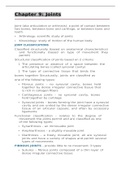
-
Exam (elaborations)
ANATOMY 251 Joints REVIEW(LATEST)
-
---41April 20212020/2021A+
- Chapter 9: Joints Structural classification of joints based on 2 criteria: 1. The presence or absence of a space between the articulating bones (called synovial cavity) 2. The type of connective tissue that binds the bones together Structurally, joints are classified as one of the following types: • Fibrous joints – no synovial cavity, bones held together by dense irregular connective tissue that is rich in collagen fibers
-
$18.49 More Info
 STUDYGRADER
STUDYGRADER

